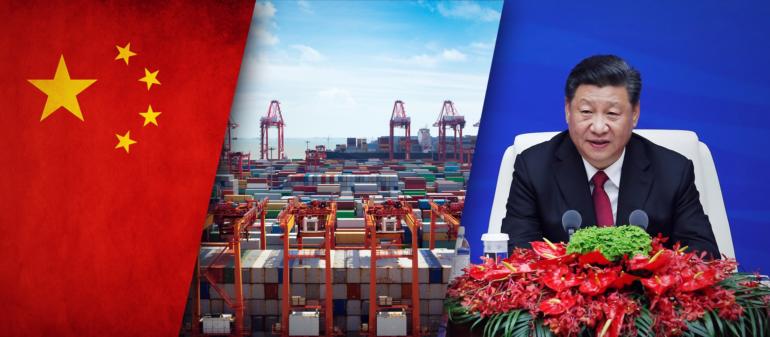It was 2013 when Chinese President Xi Jinping unveiled what would become his signature foreign-policy initiative, a new infrastructure and trade “Silk Road” across land and sea linking Southeast and Central Asia, the Middle East, Europe, and Africa.
In its first five years, trade between China and its partners reached nearly $6.5 trillion. Today, the 80 plus countries participating in China’s Belt and Road Initiative represent two thirds of the world’s population and more than a third of its gross domestic product. So, as leaders gather in Beijing it’s a time to reflect on what’s been accomplished and what more needs to be done.
CGTN’’s Zou Yun has a report from Beijing.
To discuss China’s Belt and Road Initiative:
- Adam Garrie is the director of Eurasia Future, a global policy and analysis center.
- Ei Sun Oh is a senior fellow at the Singapore Institute of International Affairs.
- Philippe Monnier is an international business executive.
- Yun Sun heads the Stimson Center’s China Program, and also serves as co-director of the Center’s East Asia Program.
For more:
The Belt and Road Forum for International Cooperation (BRF) is going to be held in Beijing from April 25 to 27. What is the BRF and how much do you know about the Belt and Road Initiative (BRI)?
Test your knowledge and find out more about the #BeltandRoad and #BRF2019 pic.twitter.com/ZA8isSGYrV
— CGTN (@CGTNOfficial) April 19, 2019
UN Secretary-General Antonio Guterres departed for Beijing to take part in the second Belt and Road Forum for International Cooperation. The Belt and Road Initiative is an important opportunity for reaching the UN’s long-term development goals, he said. pic.twitter.com/lR5qdZuJgs
— China Daily (@ChinaDaily) April 25, 2019
 CGTN America
CGTN America
